How is Spinning Class is Causing Noise-Induced Hearing Loss and Tinnitus? Waking up in the morning you feel it; you have everything set out ahead of time, your outfit is hanging on the outside of the closet, your balanced breakfast is in the fridge and your gym bag is at the front door. You grab your things jump in your car and feel your foot is a little heavier on the gas as you fell the nerves and excitement before today’s workout. You have planned to arrive 15 minutes ahead of the others to ensure that you get your chance at the new peloton at the front of the class. You go through the class and feel yourself breaking new ground and hitting your imagined wall. After the workout finishes, the sweat has pooled around the floor, you are seeing double, your caloric counter reads that you just burned 700 calories a new personal record, but when you leave and sit on the bench in the locker room with your towel draped around your head, the only thing you notice is the ringing in your ears. Is it the workout doing this? No, you’ve done this workout hundreds of times before at home, and you’ve never experienced this before, could it be the music in the studio? You rush back to the room and try to talk to the instructor, but they still have the music on full blast, you have to shout to be heard and its still not enough. “Is this music too loud?” You scream over top of the rising vocals of pitbull saying he wants you. “What?” They reply, “The music in here is this too loud for us to listen too?” You ask “Oh come on, don’t mess with the mood in here is what makes this class so much fun, it’s a workout par-teeey!!!” they respond.
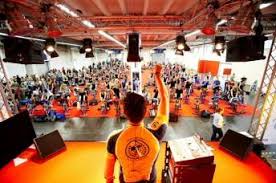
Spinning Class Party!
This response hits your gut, and you leave the room embarrassed and shamed. Outside the room, the glass walls shake with the reverberations of the music. This is the sad scenario at hundreds if not thousands of spinning studios around the country and the world. But why is this behavior acceptable? And is there anything that can be done about it? The answer sadly comes in many different forms. According to the IFA(International Fitness Association), there are standards for gyms that must be met which are set by OSHA, they state according to official documents,” At 85 dB the EPA standard for safe sound is 45 minutes. At 88 dB the EPA standard for safe sound is 23 minutes. EPA regards 91 dB as unsafe for any length of time over 11 minutes.”
This is the law, and according to the same article, the authors state that “gyms and classes including instructors who do not adhere to these guidelines leave themselves open to legal ramifications in the future as well as workmen’s compensation considerations as this subject becomes more widely understood. ” Explained in this article is the key to the solution of NIHL (Noise-Induced Hearing Loss) in the gym and most areas of our lives. The key that this article hits upon is most individuals or corporations do not understand how their hearing is being damaged and are attempting to educate themselves on how noise levels in their workout classes are affecting their instructors and students.
This is understandable but what does matter in conservation programs is the action behind the intent. And in workout facilities, there is evidence that not much has been done to remedy this. In countless articles such as Kirsten Cole’s Pix 11 article,”Loud music in spinning class linked to hearing damage concerns.” Cole states, “In 2015 PIX 11 used undercover cameras and a decibel meter, to see just how loud classes were at some of the most popular spin studios.” Cole further explains that “All four studios played at a near constant 100 decibels or more. Throughout the classes, all studios spiked to levels of 115 decibels, blowing the known safety levels from industry fitness groups and OSHA.” In a separate article by Lindsay Miller titled, “Can Super loud Workout Classes Permanently Damage Your Hearing? An Expert Weighs in.” In the article, Miller asked an instructor at LA-based workout studio The Wall about any concerns she had. The instructor replied, “I’ve listened to loud music all my life. And I have noticed my ears ringing time and again. To myself, I always say ‘I’m losing my hearing!” And I still pump it up more.” In response to the same question, a colleague of the same trainer stated,”Music is a huge part of being an instructor,

Why are my ears ringing?
I worry much less about if it’s loud and more on if it makes people want to move.” Is it wrong to feel this way? To understand the risks of something and still do it anyway? Is Spinning Class is causing Noise-induced Hearing loss and Tinnitus? An argument can be made for both sides. But the idea of this article is not to judge and shame gyms and trainers on the noise levels in their workout classes and their business practices, this is written to spotlight a major problem within an institution and allow those within the institution make the decision to solve the problem internally before it is done for them by government agencies or any outside influences. By tracking data back to over 20 years ago, there is sufficient evidence to support the claim that sound within exercise classes is increasing at an alarming rate. In an article published in 2013by Elizabeth Francis Beach and Valerie Nie, titled, “Noise Levels in Fitness Classes Are Still Too High: Evidence From 1997-1998 and 2009-2011” The authors who “assessed noise levels during 35 low-intensity and 65 high-intensity fitness classes in 1997-1998 and 2009-2011″ and asked the participates to fill out questionnaires about the music levels in the room and if they found loud music to be,”Stressful, or motivating.” What they found was alarming. Their journal abstract states that, “Noise levels in 1997-1998 and 2009-2011 were similar, frequently exceeding 90 dB(A).” The article continues by stating, “Although noise levels in low-intensity classes dropped from 88.9 to 85.6 dB(A), they remained high for high-intensity classes averaging 93.1 dB(A).In 2009-2011 instructors preferred significantly higher volumes than clients for high-intensity classes.” The authors then explain that”In both time periods about 85 % of instructors found loud music motivating, whereas about one-fifth of clients found it stressful.”
This data is extremely crucial in understanding the reason why music in exercise classes is increasing and more importantly in what kind of classes the music is increasing in. This article defeats the notion that all exercise classes are the same. However, the truth is that a class dedicated to relaxing or rehab yoga will have lower music levels when compared to a spinning class or a CrossFit class. This delineation of high-intensity classes from low- intensity is important because the high-intensity classes are becoming extremely popular in our culture. Stemming from the cross-fit revolution new classes such as versaclimber, intense spinning classes, WOD, Trampolining, and combat based fitness programs all of which music plays a pivotal factor in the intensity of the workout, the volume is only going higher and higher.

Know the Hearing risks of your daily life
The data found by Beach and Nie and the data found from PIX 11 in 2015 shows that the decibel exposure is only increasing. So what can be done? One of the biggest steps to solving complex human habits is to first identify the issue, that is what the articles and journals quoted above serve to do. The next step is to attempt to reset or reprogram participants and instructors habits when it comes to their workouts. And in certain cases, there is headway being made. In Vicky Hallett’s 2015 article titled, ” If you think the music at your gym is too loud, that’s because it probably is” the author describes the atmosphere of a popular workout location and states,”These days, however, you’d be lucky simply finding a fitness facility that has a noise policy of any kind.” The article quotes Teri Bothwell a group fitness director of sport and health as she states,”Booming bass may be bad for your ears, but it’s good for business.” She continues by stating, “At boutiques, it’s a party, and it’s loud, and that’s part of what people pay for.” So the contradiction remains, if its something that the people want, and there is an industry dedicated to providing what they want, is it wrong? Even though what the group wants is permanently damaging them does that make it wrong? These are questions for another time and another person to answer but by just simply knocking on the door of the ethical and moral grounds is enough to open the minds of those who are participating as trainers or clients.
There are methods that can reprogram and reshape the way that workout facilities and the individuals who run them and the participants who attend classes at them. The first is something already put into practice by one trainer as is stated by Vicky Hallets about a group Instructor Asuka Boutcher in Hallets Washington Posts article, “If you think the music at your gym is too loud, that’s because it probably is.” Boutcher is a group training instructor who works with large groups ranging into the hundreds and Hallets explains that “While she’s (Boutcher) willing to put her own hearing at risk, Boutcher recognizes that it’s not a laughing matter. That’s why she’s settled on the same solution Reid did: earplugs. There’s a big bucket of them available free for any student.” For an instructor to think about their students and provide them with hearing protection during a workout is a step in the right direction. The next step is recognition on the part of the students in these classes,

Overcome the social stigma of going against the norm
This may be one of the most difficult hurdles to overcome as there is not only a personal hurdle to overcome, there is a social issue where an individual must speak up and run the risk of being on the outside with their opinion within the fitness industry that can be a place of wonderful improvement but can also be fraught with industry backbiting and inter-gym competition and gossip. Lindsay Miller weighed in her article and gave insight into how she raised the issue when she experienced muffled hearing after a workout. Miller states that “Maybe I was being too sensitive. Maybe I just had a knack for booking exceptionally loud classes and instructors. So, a few days after that fateful Spin class, I decided to informally poll my Facebook friends.” She continues by stating,”Had any of them either walked out of a workout class because the music was too loud or been legitimately concerned that the volume in a workout class was negatively impacting their hearing? Fifty-four percent of the people who responded said yes.” Actions such as these are what power change.
The number of people who responded to her poll is not given, however what her data does show is the recognition of a glaring problem within a very hush-hush type of atmosphere that at times promotes pain as weakness and having the ability to push yourself through extreme mental, emotional, and physical pain to reach your goals as a sign of strength and positivity, and while these traits will result in a better physique, they can also lead to permanent damage. And this is the mindset that works for and against the participants and instructors. In our ideal gym environment instructors are making earplugs available for their students, the students are monitoring their own ear health and limits and acting accordingly by either protecting themselves or speaking up about the issue, the next question is how do we make lasting changes to these environments that promote the overall health of all of the participants?

It’s just Spinning class for god’s sake
Is it sweeping regulations forced on every gym in the nation? Is it drastic changes to the business practices of each individual gym, health club, rehabilitation facility, physical fitness service, or the hundreds of other names that these clubs fall under? Is it a state by state, county by county, block by block reform of every institution that plays music in their gym environment? That is what Aaron D. Werner and his article in, “The National Law Review” titled, “Compliance with Health and Fitness State Laws:Background, Best Practices and Key Takeaways for Health and Fitness Club Owners” In the article Werner attempts to give gym owners the proper tools to set up a healthy and responsible club that will allow them to practice safe and responsible ownership and contribute to a positive atmosphere. He does state at the top of the article that, “The problem is the difficulty in obtaining complete and accurate information regarding which laws are applicable to their business.” And this is the circle that we repeat as there is as of the time of writing this article in 2018, very little precedence within the united states legal system that holds gym owners, instructors, and students accountable for their actions. This does not mean that noise levels in workout facilities will remain the same, what it does mean is that there is room for growth and because we are becoming more self-aware about our health, we can always learn more and protect ourselves accordingly including legislation and sweeping legalities that maximum decibel exposure at a given time while engaged in an exercise class. But until that day does come it falls on the individual to educate themselves on the risks, and on governmental and industry-leading brands to promote safe and healthy workout environments for the overall long-term health of their members and most importantly it falls on the shoulders of those in positions of influence to set positive examples for younger generations to learn from and as we learn and adjust our habits we then have the possibility of exacting a positive change in our future.
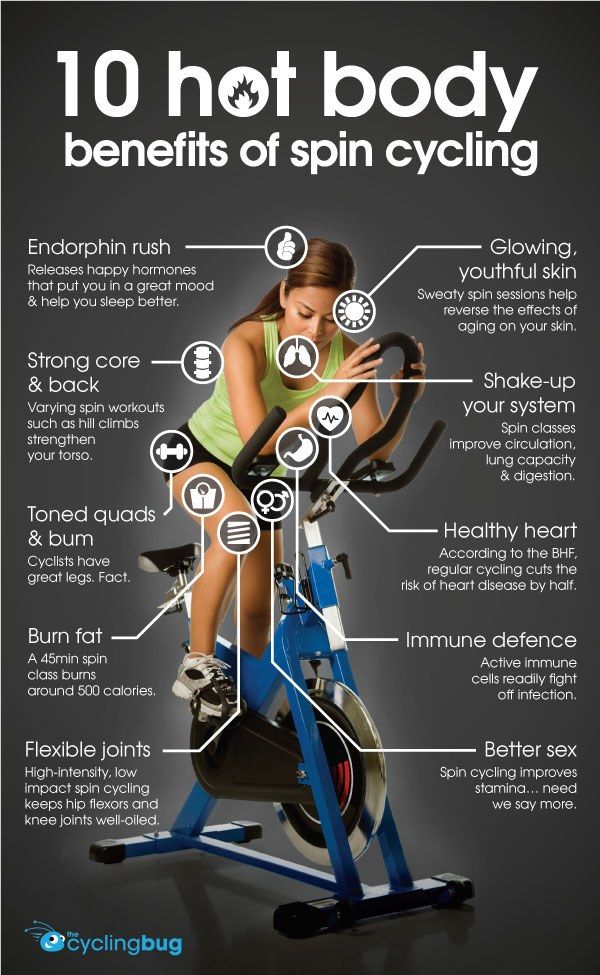
Hearing Loss is not a benefit of spinning Class
Further Reading
If you found the above reading interesting, check out the following articles to learn more.
How to chose the best hearing protection for shooting
Here is an article on what the buying cycle is for stoping Hearing Loss.
Specialized protection for Spinning loss to stop: Spinning Class is Causing Noise-Induced Hearing Loss and Tinnitus.
See The One
https://www.washingtonpost.com/lifestyle/wellness/if-you-think-the-music-at-your-gym-is-too-loud-it-probably-is/2015/02/17/98084620-abc1-11e4-9c91-e9d2f9fde644_story.html?noredirect=on&utm_term=.3ec2d09df000
https://www.elle.com/uk/life-and-culture/culture/longform/a41063/fitness-trends-gym-classes-workout/
https://www.popsugar.com/fitness/Loud-Music-Workout-Classes-44521957
https://www.researchgate.net/publication/260116067_Noise_Levels_in_Fitness_Classes_Are_Still_Too_High_Evidence_From_1997-1998_and_2009-2011
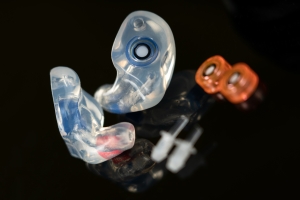


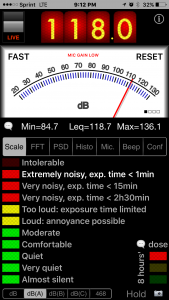
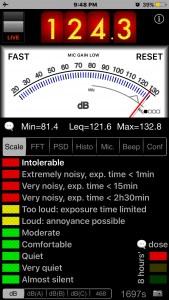
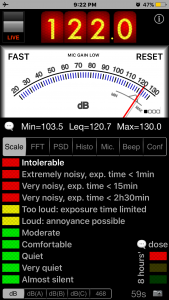
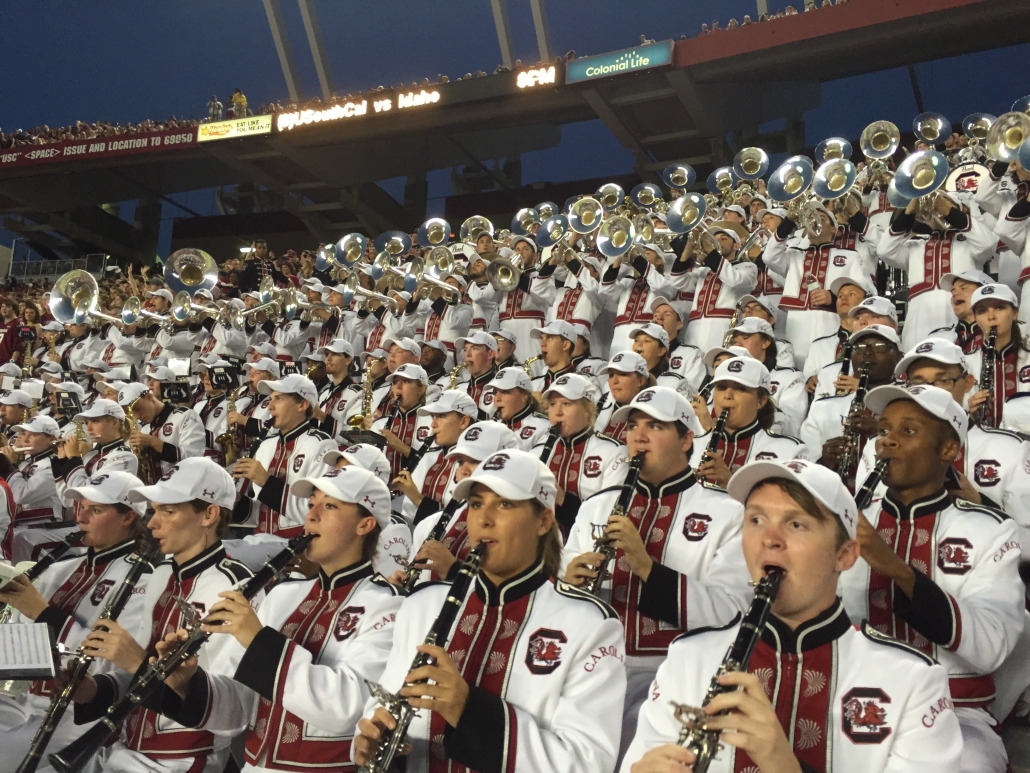
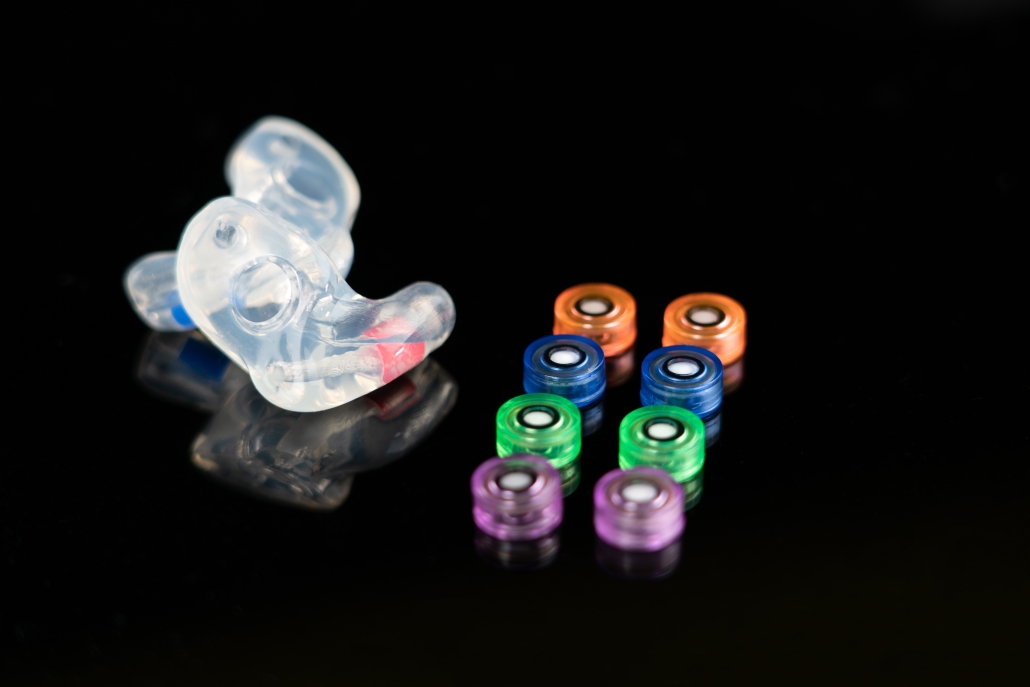
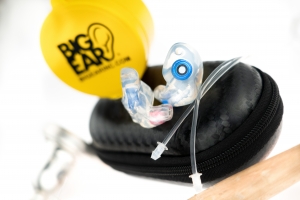
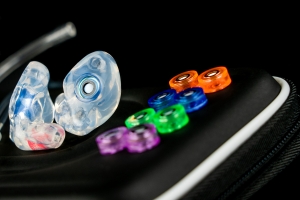

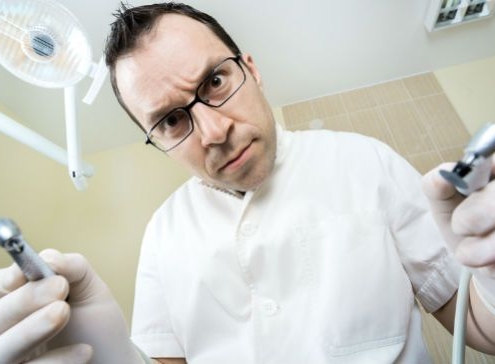
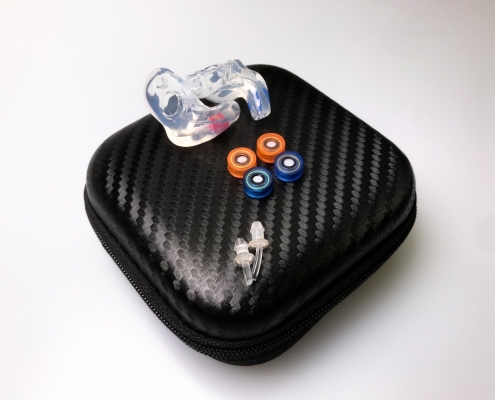
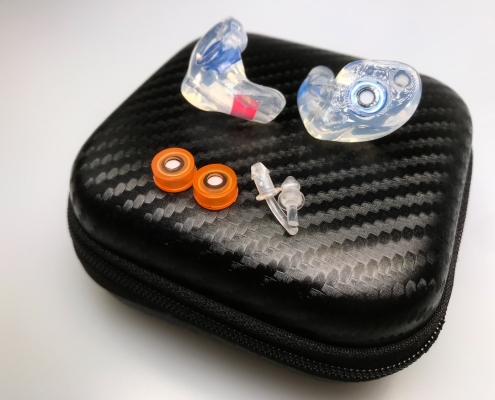
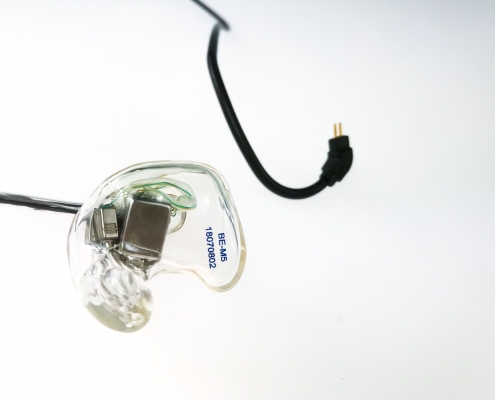

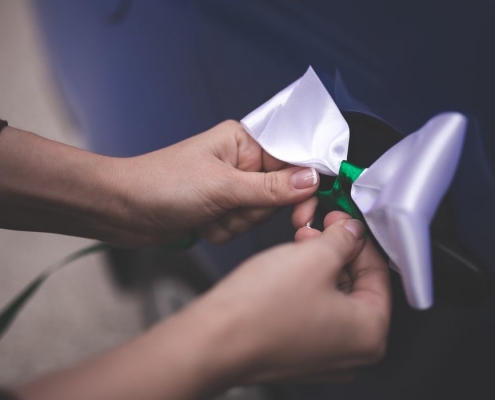
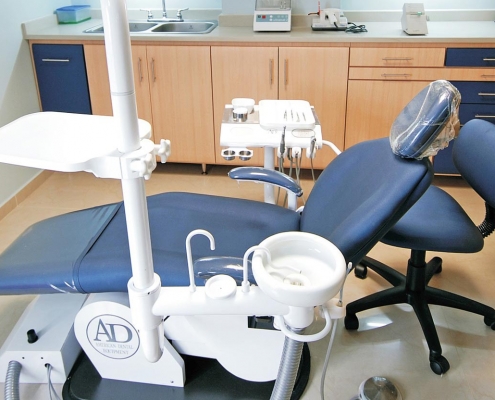







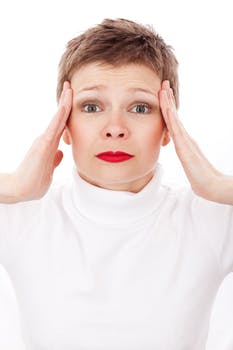
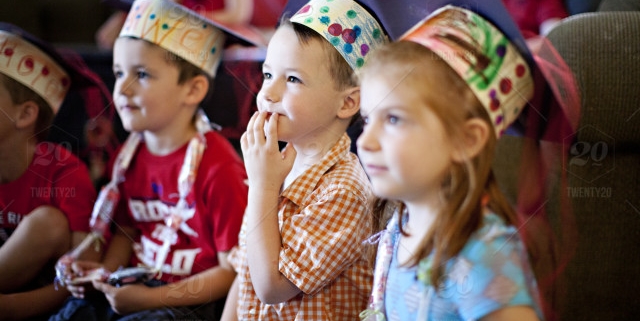
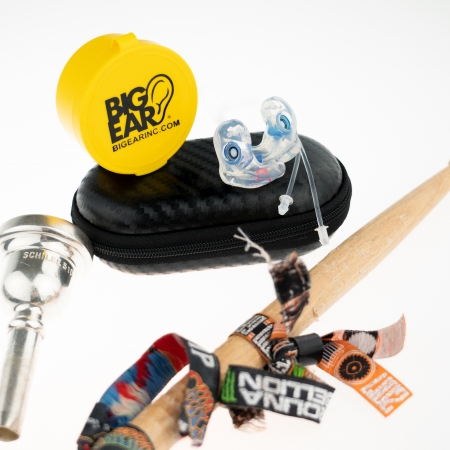
 Big Ear Inc
Big Ear Inc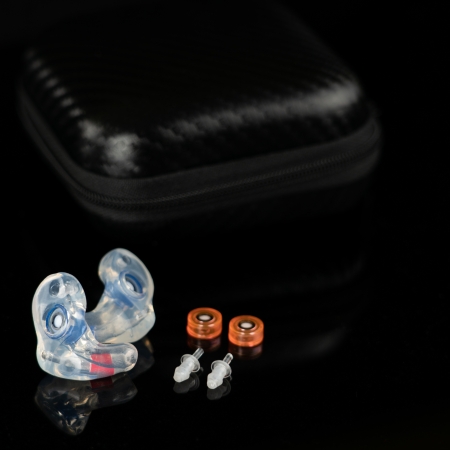 Big Ear®
Big Ear® Big Ear Inc®
Big Ear Inc®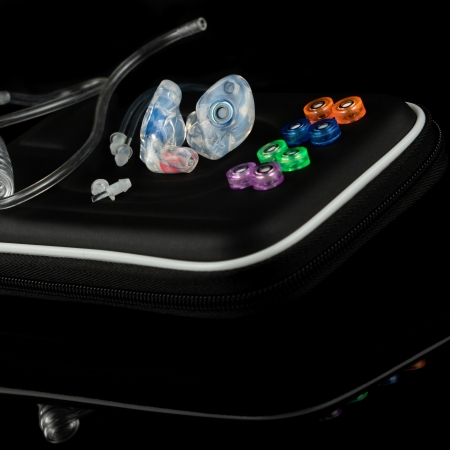 Big Ear®
Big Ear®
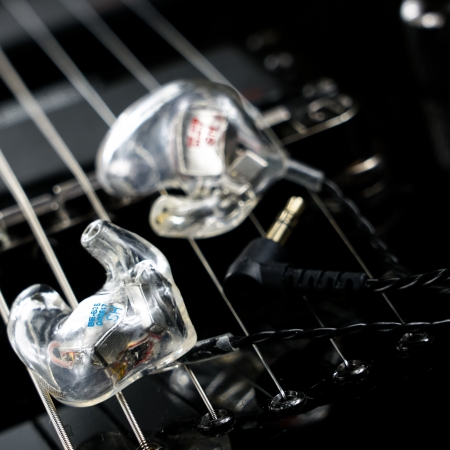 Big Ear
Big Ear
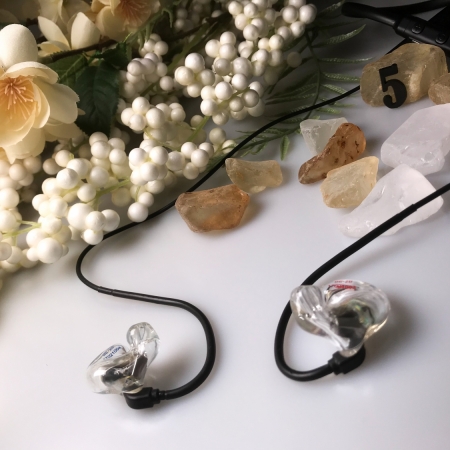 Big Ear®
Big Ear®